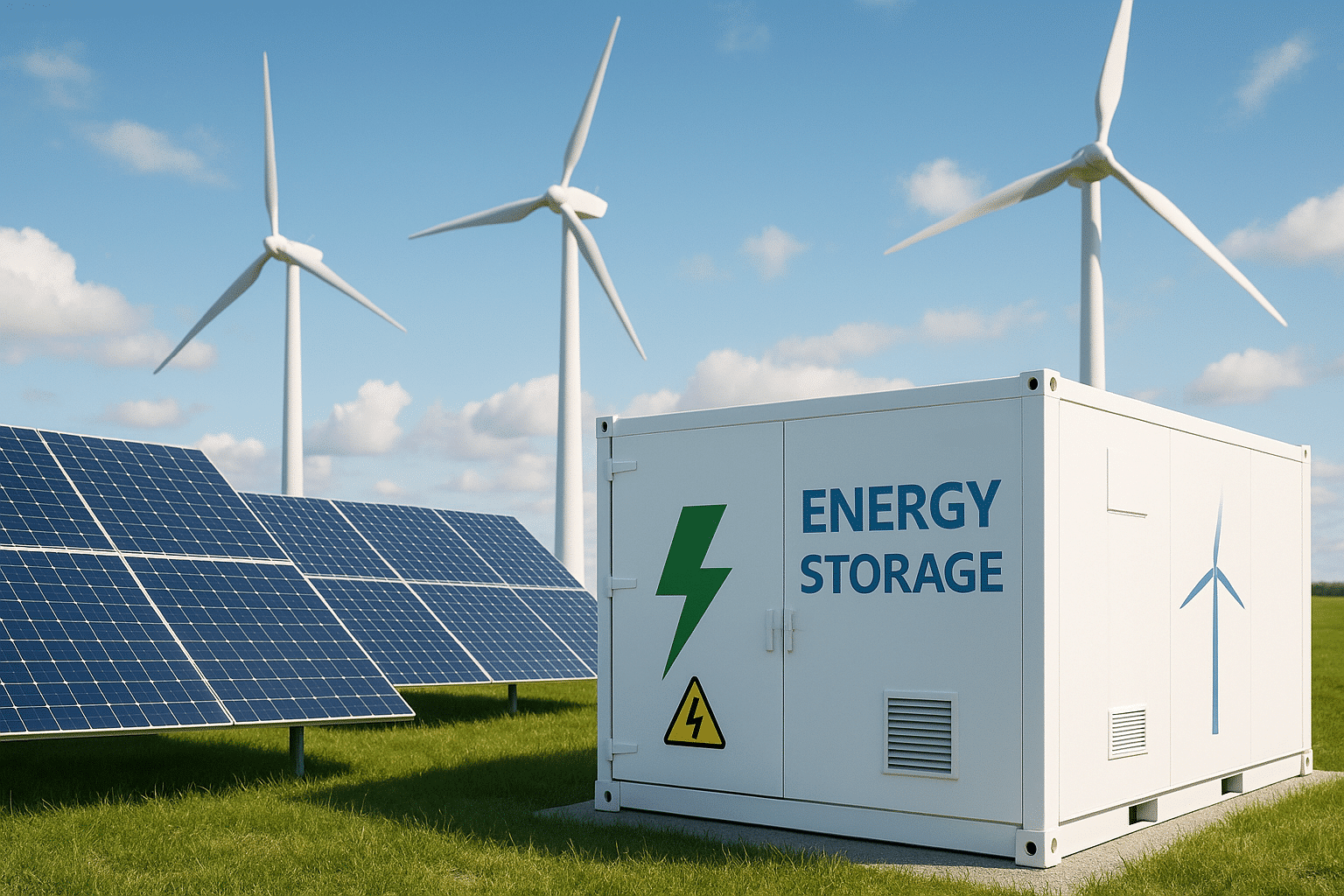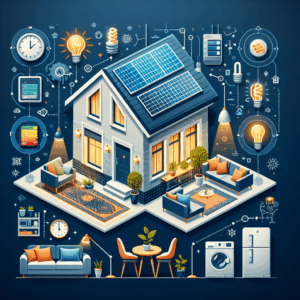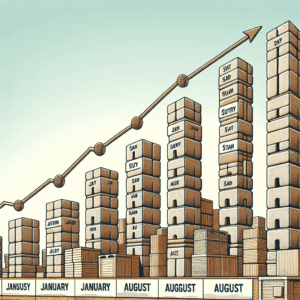Here’s the translation into American English:
—
The European electricity system is moving towards a model of total decarbonization, where energy storage, the digitalization of the grid, and active demand management become fundamental pillars. This shift involves a profound transformation in technological, regulatory, and economic aspects, engaging all actors in the sector.
Energy storage will play a crucial role in this new system. Batteries will become essential for absorbing excess solar and wind generation and ensuring supply during low production periods. These will be expected to be implemented in standalone facilities and in hybrid parks that manage their own production. Additionally, pumped hydro storage will be modernized and reinforced as a renewable backup source, while green hydrogen will emerge as a solution for seasonal energy storage and as an energy vector in hard-to-electrify sectors.
The demand for a flexible and automated electricity system requires a much more digitalized grid. The incorporation of sensors, artificial intelligence, and cybersecurity measures will enable efficient management of infrastructure. Transmission and distribution networks will transform into more independent subnetworks, capable of operating autonomously when necessary. Furthermore, consumers will become producers, injecting energy into the grid from their solar panels and electric vehicles.
The new scenario also implies that electrical demand will play an active role in balancing the system. Consumers will adjust their consumption according to grid conditions and will be able to participate in adjustment services, contributing to system stability. To facilitate this transition, dynamic pricing and economic incentives will be implemented to promote the use of renewable energy during peak production hours.
Strengthening interconnections will be essential for the effective integration of the European electricity system, allowing for the exchange of electricity between countries and optimizing the use of renewable resources across the continent. Increased transfer capacity will ensure a swift response to changes in production or unexpected issues, guaranteeing supply stability.
Regarding electricity generation, the future will rely on a diversified mix of renewable sources, such as photovoltaics, wind, hydro, and biomass, ensuring constant production tailored to the system’s needs. The trend towards more distributed generation, with a growing number of small producers, will enhance resilience and increase citizen involvement in the energy transition.
Finally, precise planning and market behavior forecasting will be vital for maintaining the balance between supply and demand. Specialized companies will play a key role in anticipating trends, contributing to real-time decision-making, and facilitating the transition to a 100% renewable system. Although this ambitious goal presents significant challenges, it also represents a unique opportunity for Europe to advance toward total energy independence and a sustainable economy.
Referrer: MiMub in Spanish











